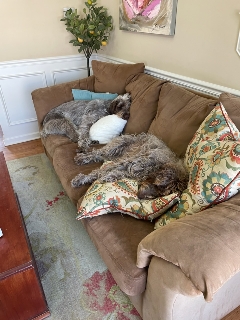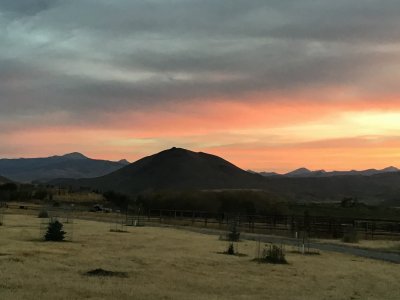Nice work. How far did she go and did the arrow hit anything other than stomach/intestines?THE REST OF THE STORY
I waited until this morning to go look for her. When I got to the impact sight where I had marked the arrow in the ground, I looked back at the stand. I saw a few small branches with no leaves that I did not see with the scope. At this point, I began thinking there may be a possible deflection. There was no blood trail at all, so I headed off in the direction the deer ran. When I got to the place where I last heard them running, I took out the FLIR and started scanning. Fortunately, this was a west facing slope and the sun had not yet heated anything up. I'd just walk 20 yard and scan. It was not long until I found her. Just as we all predicted, she had laid down and without being pushed, she died. Just glad I found her before the coyotes did.
Thanks for all the encouragement! I feel better after a positive outcome.
Thanks,
Jack
How far away can you find a dead deer with the FLIR scanner? How does it do in areas with lots of trees/brush?


